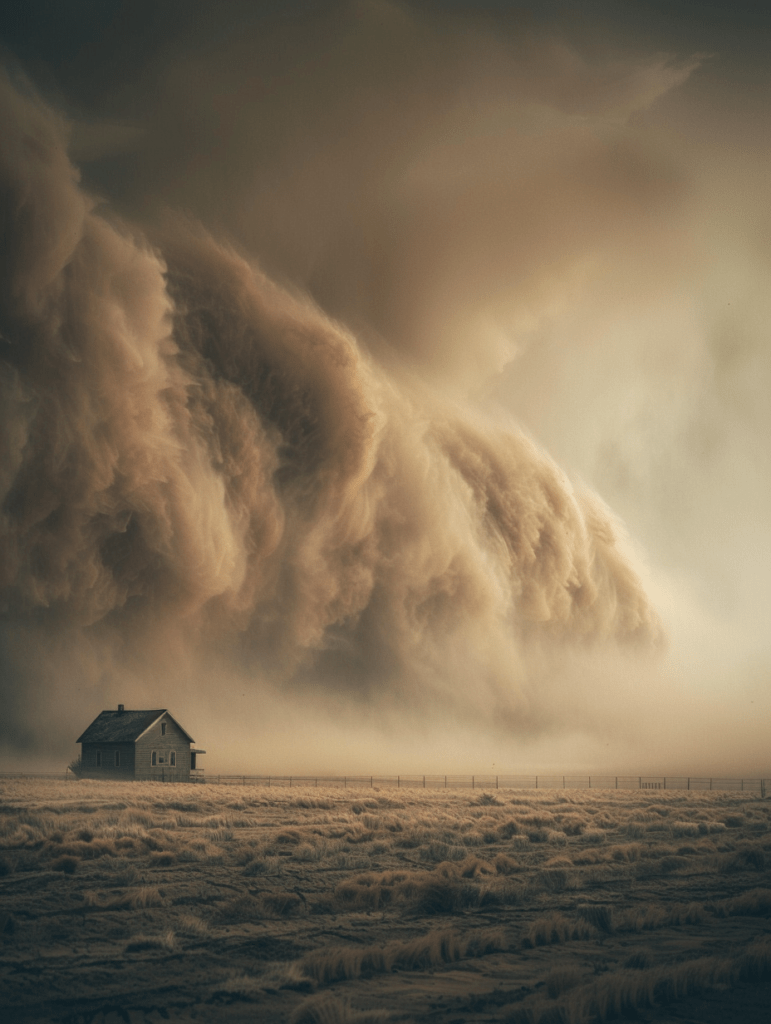On This Day, April 14, 1935, the United States experienced one of the worst dust storms in its history, an event famously known as “Black Sunday.” This catastrophic storm struck the heart of the American Great Plains, affecting numerous states including Oklahoma, Texas, and Kansas. Black Sunday was one of the most severe storms of the 1930s Dust Bowl, a period characterized by extreme drought and poor agricultural practices that led to widespread soil erosion.
The storm was so intense that it turned day into night, as millions of tons of topsoil were swept up by high winds and blotted out the sun. The visibility was reduced to a few feet, and the fine particles of dust infiltrated homes, machinery, and lungs, wreaking havoc on the health and livelihoods of thousands of people. The dust was so pervasive that it even reached the East Coast, with dust from the storm falling like snow on ships in the Atlantic Ocean.
Black Sunday had a profound impact on the United States, prompting a stronger response from the government towards soil conservation and agricultural practices. It led to the creation of the Soil Conservation Service, now known as the Natural Resources Conservation Service, which implemented policies to prevent such disasters in the future. This day remains a poignant reminder of the relationship between environmental stewardship and the well-being of communities.
